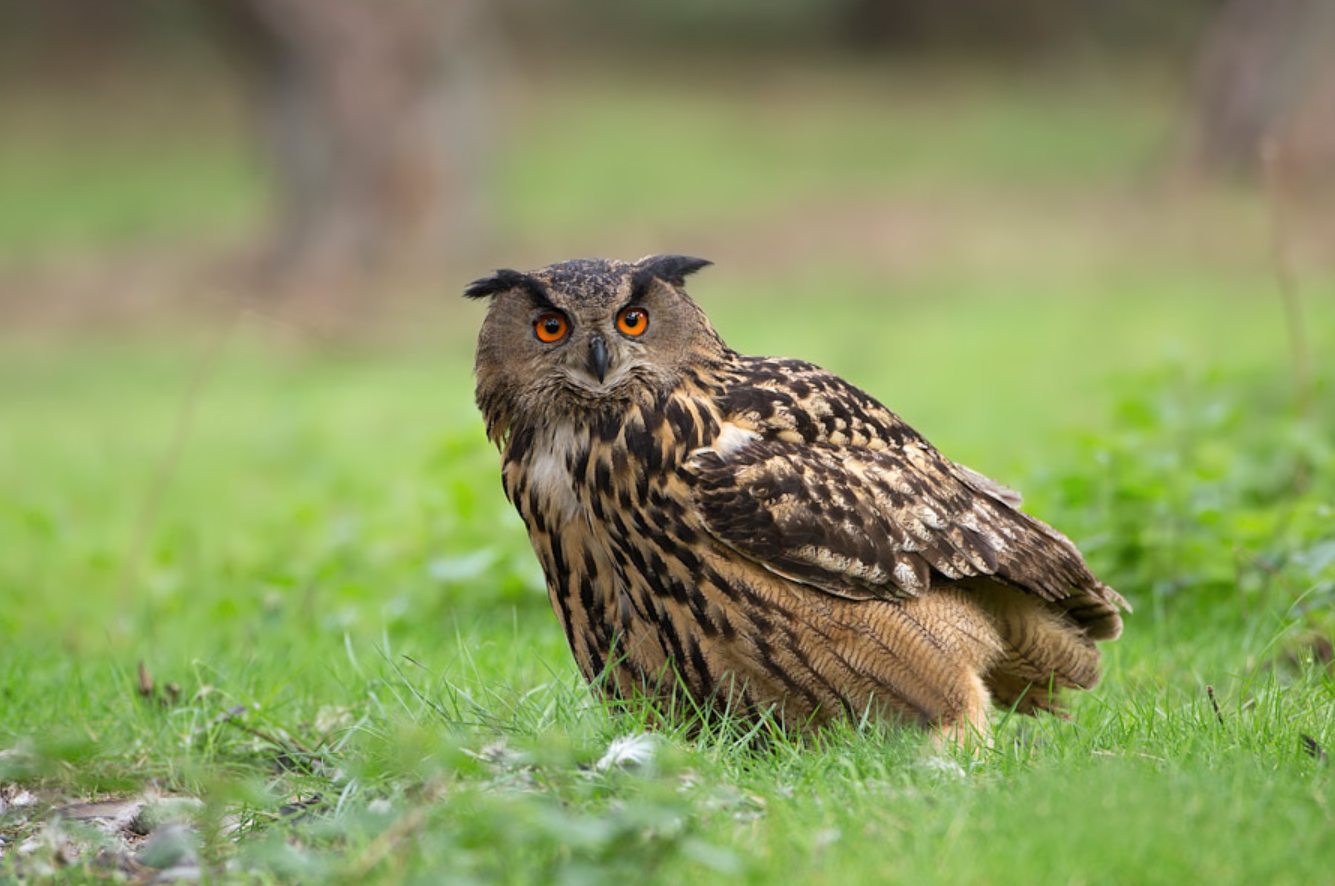Opis
There are many quiet bays on the Westensee, in which there are large numbers of waterfowl in the winter months. Around 1000 perkoz dwuczuby, numerous czernica and głowienka, several hundred nurogęś and gągoł spend the winter here. Up to 300 łabędź krzykliwy and 2000 gęś białoczelna spend the night on the lake. Great numbers of czapla biała also fly in in the evening (up to 100). On the spring migration, the mewa mała are particularly noticeable (up to 3000 on good days), also many rybitwa czarna. Unfortunately, waders do not stop here, but regularly pull along here. In the reed belts around the lake, ponds, trzcinniczek (zwyczajny), łozówka, rokitniczka, podróżniczek and wodnik (zwyczajny) breed. About 10-15 pairs of zimorodek live here. bielik and rybołów can be seen hunting on a regular basis. The dzięcioł średni, dzięcioł czarny, puchacz and muchołówka żałobna breed in the surrounding forests. słowik rdzawy, wąsatka and trzciniak can unfortunately only be heard occasionally at the Westensee.
Szczegóły
Dostęp
Access possible from different sides. The Wroher Bay, the Westenseer Bay and the Hohenhuder Bay are particularly worthwhile. From Felde there are good overview points over the whole lake. For walking around the whole lake the distance is too big (25 km), but perfect for bicycle.




